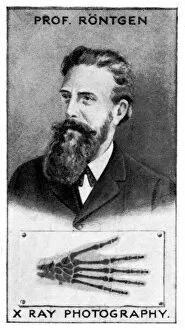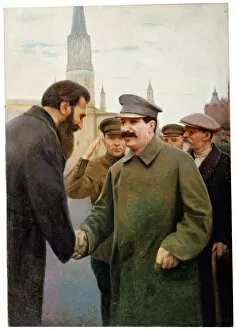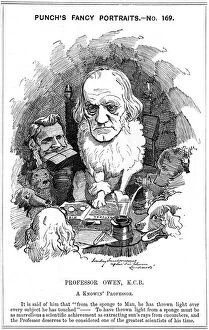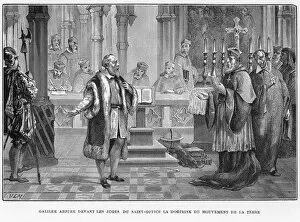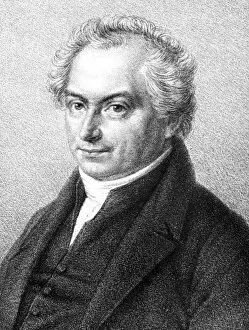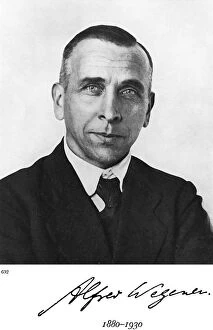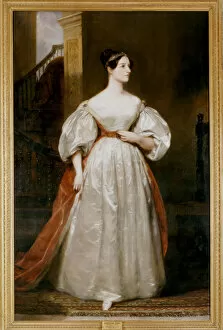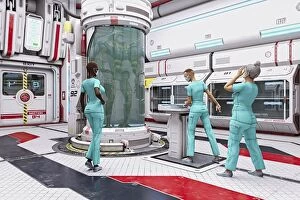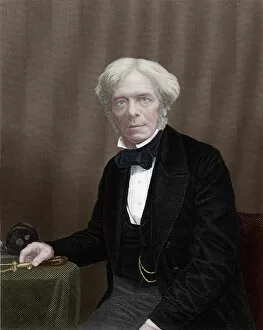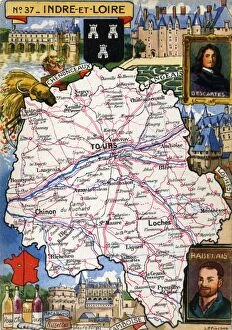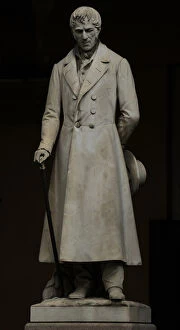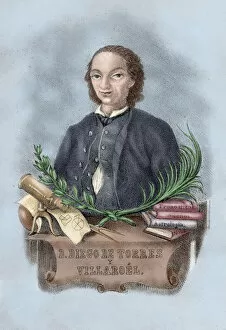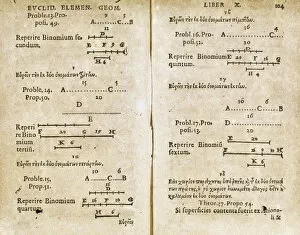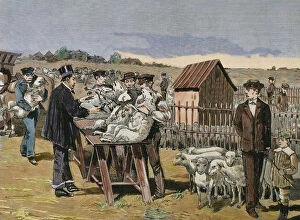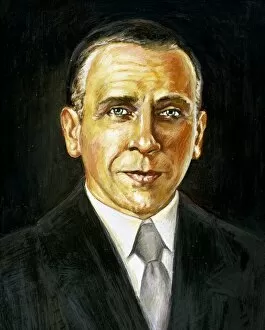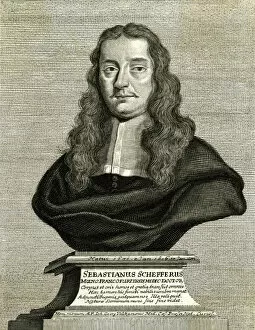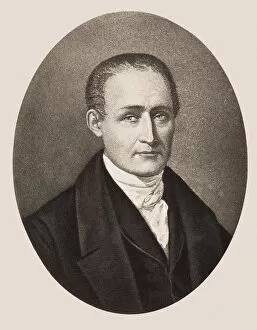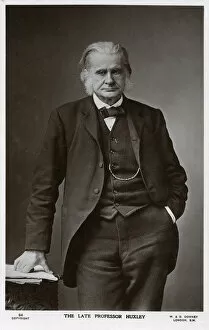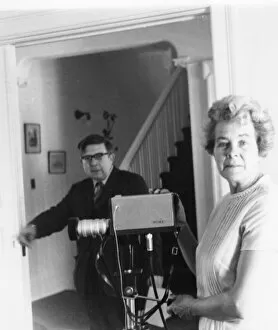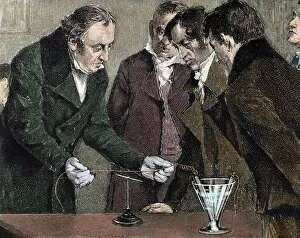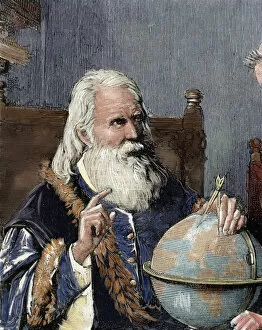Scientist Collection (#92)
"The Unveiling of the Scientific Mind: A Journey through Time and Space" In Joseph Wright's masterpiece, "The Orrery, " we witness the birth of scientific curiosity
For sale as Licensed Images
Choose your image, Select your licence and Download the media
"The Unveiling of the Scientific Mind: A Journey through Time and Space" In Joseph Wright's masterpiece, "The Orrery, " we witness the birth of scientific curiosity. The scientist, illuminated by candlelight, gazes intently at the intricate model of our solar system. Inspired by this scene, we embark on a voyage to explore the minds that shaped our understanding of the universe. Rosalind Franklin's pioneering work in X-ray crystallography unraveled DNA's double helix structure, forever changing biology. Her determination and brilliance paved the way for modern genetics. A young Sir Isaac Newton stares out from his portrait with an air of contemplation. His groundbreaking laws of motion and universal gravitation revolutionized physics and laid the foundation for centuries to come. At Brussels' Fifth Physics Congress in 1927, a black-and-white photograph captures luminaries like Einstein and Bohr discussing quantum mechanics. This gathering marked a turning point in our comprehension of reality at its most fundamental level. Carl Sagan, renowned astronomer and science communicator extraordinaire, captivated millions with his infectious enthusiasm for space exploration. Through his TV series "Cosmos, " he inspired generations to ponder humanity's place in an infinite cosmos. Richard Feynman’s caricature depicts him as both brilliant physicist and charismatic teacher—a true iconoclast who demystified complex concepts while making learning fun. Marie Curie's photograph immortalizes her groundbreaking research on radioactivity—the first woman to win Nobel Prizes in two different fields—physics and chemistry—her legacy continues to inspire aspiring scientists worldwide. The Emerald Tablet—an ancient alchemical text—symbolizes humanity's quest for knowledge since time immemorial. Its enigmatic verses have intrigued scholars across centuries as they sought wisdom hidden within its cryptic words. An Apollo 17 astronaut floats weightlessly above Earth—a testament to human ingenuity reaching beyond our planet’s boundaries; their daring exploration expanded our understanding of the cosmos.

